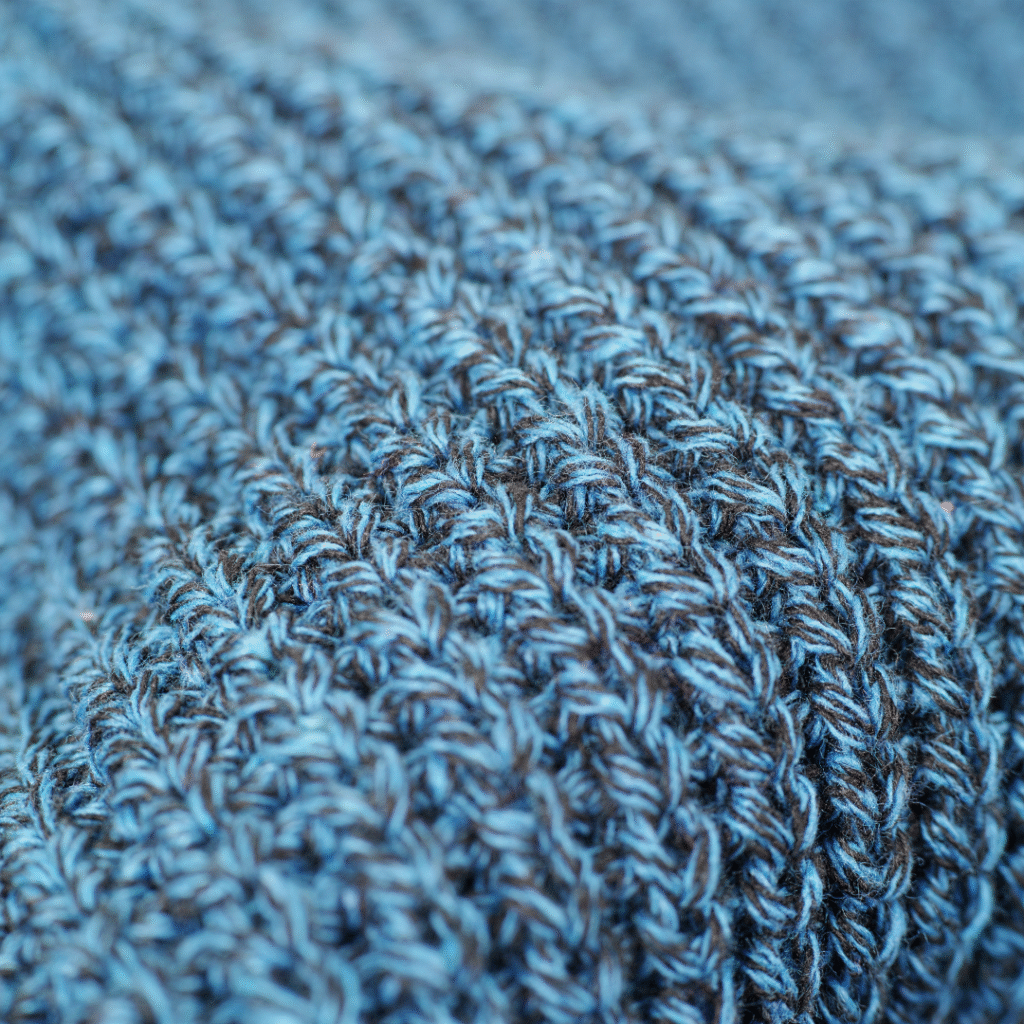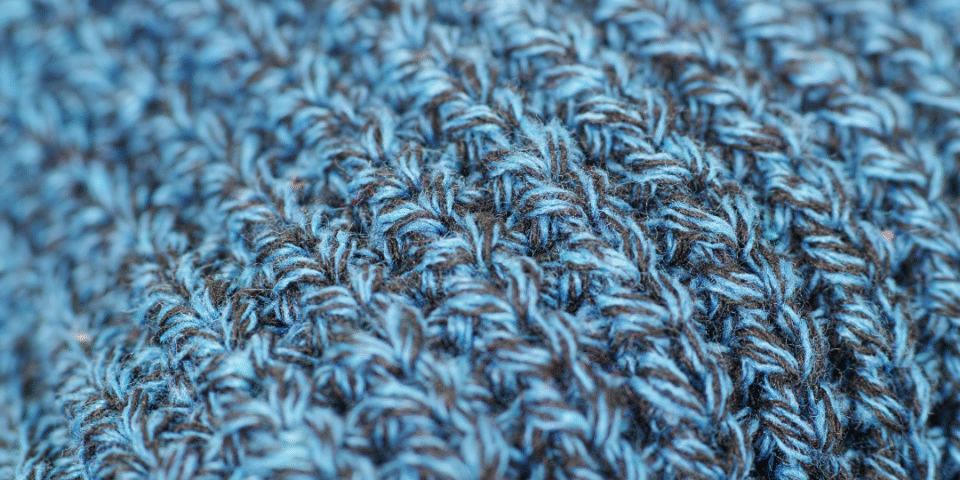Fabric double knit has been a cornerstone of my knitting journey for years. As a dedicated knitter, I’ve come to appreciate its unique structure, resilience, and versatility. Whether I’m crafting a structured jacket or a cozy pair of leggings, double knit fabric offers the kind of stability and finish that elevates handmade garments to professional quality. In this article, I’ll share what I’ve learned through research and experience—about its origins, properties, types, and why it continues to be a favorite among knitters and designers alike.
A Brief History of Fabric Double Knit
The story of fabric double knit begins in the late 19th century, when textile innovation was driven by the need for stronger, longer-lasting garments. Initially made from wool, double knit fabric was developed using two sets of needles to create interlocking loops on both the front and back sides. This technique produced a reversible, medium-to-heavyweight fabric that mimicked the durability of woven textiles while retaining the comfort and stretch of knits.
Its popularity surged in the mid-20th century, especially during the 1960s and 1970s, when fashion embraced structured silhouettes and easy-care materials. Designers loved how double knit held its shape, resisted wrinkles, and required minimal ironing. Polyester blends became common, and double knit suits and dresses became iconic staples of the era. Today, the fabric remains relevant, thanks to its adaptability and enduring charm.

What Makes Fabric Double Knit Special?
As someone who works with yarn and fabric daily, I’ve come to recognize the distinct advantages of fabric double knit. Here are the key characteristics that make it stand out:
- Reversible Texture: Both sides of the fabric look the same, which is ideal for garments where the inside might show—like open cardigans or unlined jackets.
- Stability and Structure: Unlike single knits, which can stretch and distort, double knit maintains its shape beautifully. This makes it perfect for tailored pieces.
- Medium to Heavy Weight: The thickness provides warmth and a polished appearance, making it suitable for fall and winter wear.
- Non-Curling Edges: One of my favorite features—edges stay flat, which simplifies sewing and finishing.
- Wrinkle Resistance: Even after hours of wear or days folded in a drawer, double knit garments look fresh.
- Durability: It withstands frequent washing and wear, which is essential for everyday clothing.
Types of Fabric Double Knit
Over time, I’ve experimented with several types of fabric double knit, each with its own personality and best use cases:
- Interlock: Made by interlocking two layers of jersey knit, this type is soft, stretchy, and ideal for casual wear like T-shirts and dresses.
- Ponte di Roma: Often called simply “Ponte,” this blend of rayon, nylon, and spandex is smooth, stable, and slightly stretchy. I use it for skirts, pants, and blazers.
- Double Piqué: Typically made from cotton blends, it’s thick and breathable—great for polo shirts and sportswear.
- Jacquard Double Knit: This type allows for intricate patterns and textures. I’ve used it for statement pieces like coats and decorative pillows.
- Rib Double Knit: With vertical ribbing, it’s stretchy and form-fitting, perfect for cuffs, collars, and body-hugging garments.
- Spacer Fabric: A modern innovation, this double knit includes a layer of air between the two knit surfaces, offering insulation and cushioning. It’s used in activewear and even footwear.
How I Use Fabric Double Knit in My Projects
When I choose fabric double knit for a project, I’m usually aiming for a balance of comfort and structure. For example, I recently made a tailored jacket using Ponte di Roma. The fabric held the seams beautifully, didn’t fray, and gave the piece a professional finish. I’ve also used interlock double knit for baby clothes—it’s soft against the skin and easy to care for.
One of my favorite sources for high-quality double knit fabrics is Velvet North’s Pattern Collection. Their selection is curated with both fashion and function in mind, and I’ve found their fabrics to be consistently reliable.
Caring for Fabric Double Knit
Proper care ensures that fabric double knit garments last for years. Here’s how I maintain mine:
- Washing: I use cold water and a gentle cycle. While the fabric is durable, harsh washing can affect elasticity over time.
- Drying: Air drying is best. If I use a dryer, I opt for low heat to prevent shrinkage.
- Ironing: Most double knits don’t need ironing, but if necessary, I use a low setting and press with a cloth to avoid shine.
- Storage: I fold rather than hang heavy double knit garments to prevent stretching at the shoulders.
Why Fabric Double Knit Is a Staple in My Studio
Fabric double knit appears in nearly every season of my work. In spring, I use lighter interlock knits for dresses and tops. In autumn, Ponte and double piqué become my go-to for structured pieces. The versatility of this fabric means I can design for comfort without sacrificing style.
It’s also a favorite among my clients. They love the way double knit garments feel—substantial but not stiff, cozy but breathable. And from a maker’s perspective, the fabric’s predictability is a gift. It behaves well under the needle, holds its shape, and rarely surprises me with unwanted puckering or curling.
Challenges and Considerations
Of course, no fabric is perfect. Fabric double knit can sometimes lack breathability, especially in synthetic blends. I’ve learned to choose cotton-based double knits for warmer climates or activewear. Also, while the fabric is stable, it can be bulky—so I avoid it for designs that require drape or fluidity.
Another consideration is cost. High-quality double knit fabric can be more expensive than single knits, but I see it as an investment. The longevity and performance justify the price, especially for garments meant to last.
The Future of Fabric Double Knit
As sustainability becomes more central to textile production, I’m excited to see innovations in eco-friendly double knit fabrics. Recycled fibers, organic cotton blends, and low-impact dyes are making their way into the double knit world. I believe this fabric has a strong future—not just in fashion, but in technical applications like medical textiles and sports gear.
For those curious to explore further, I recommend reading this in-depth guide to double knit fabric. It covers the technical aspects and history in greater detail and is a great resource for both beginners and seasoned makers.
Final Thoughts
Fabric double knit is more than just a textile—it’s a reliable partner in my creative process. Its strength, versatility, and beauty make it indispensable in my studio. Whether I’m crafting a sleek blazer or a cozy sweater, I know I can count on double knit to deliver the results I envision.
If you’re a fellow knitter or designer, I encourage you to experiment with fabric double knit. Start with a simple project—a skirt or a cardigan—and feel the difference. It’s a fabric that rewards your effort with garments that look polished and feel wonderful to wear.
And if you’re shopping for your next batch of double knit, don’t forget to check out Velvet North’s offerings. Their quality and range make them a trusted source in my toolkit.
Fabric double knit has earned its place in my heart—and my wardrobe. I hope it finds a place in yours too.

